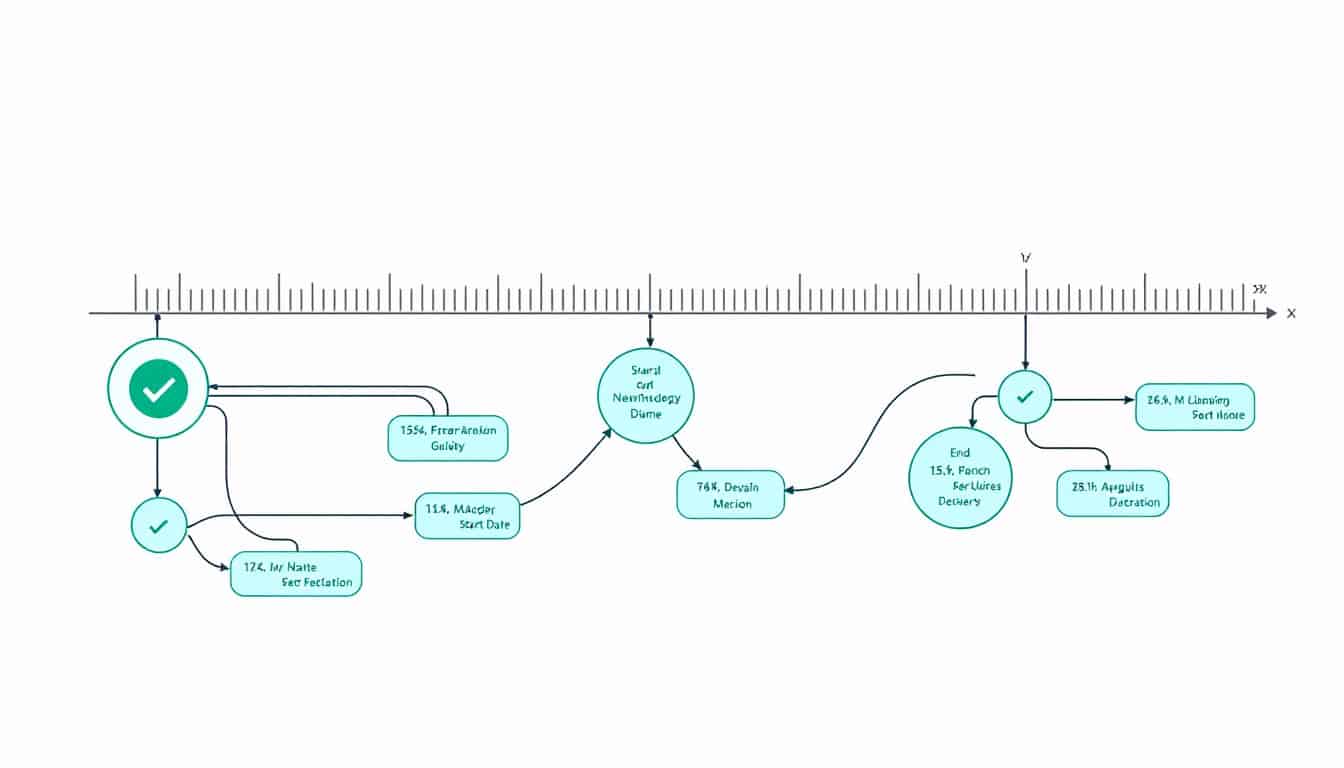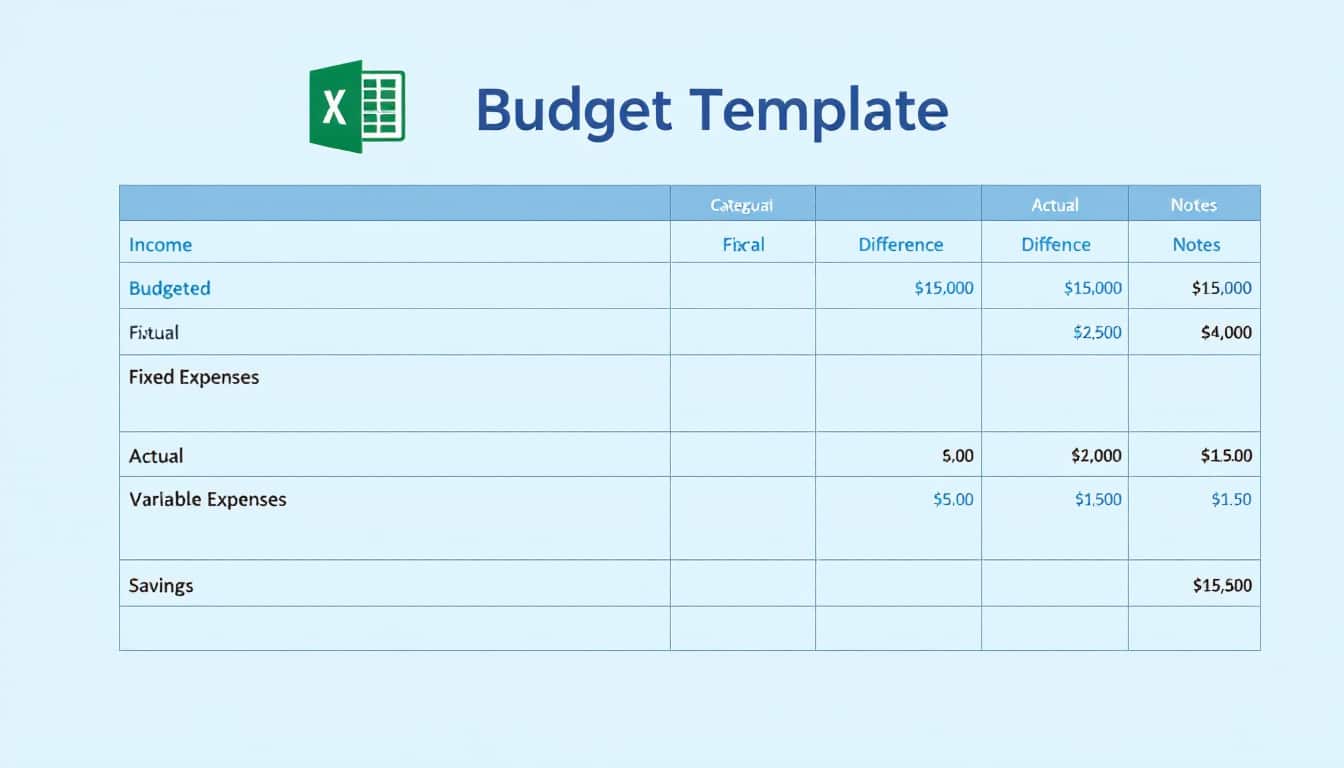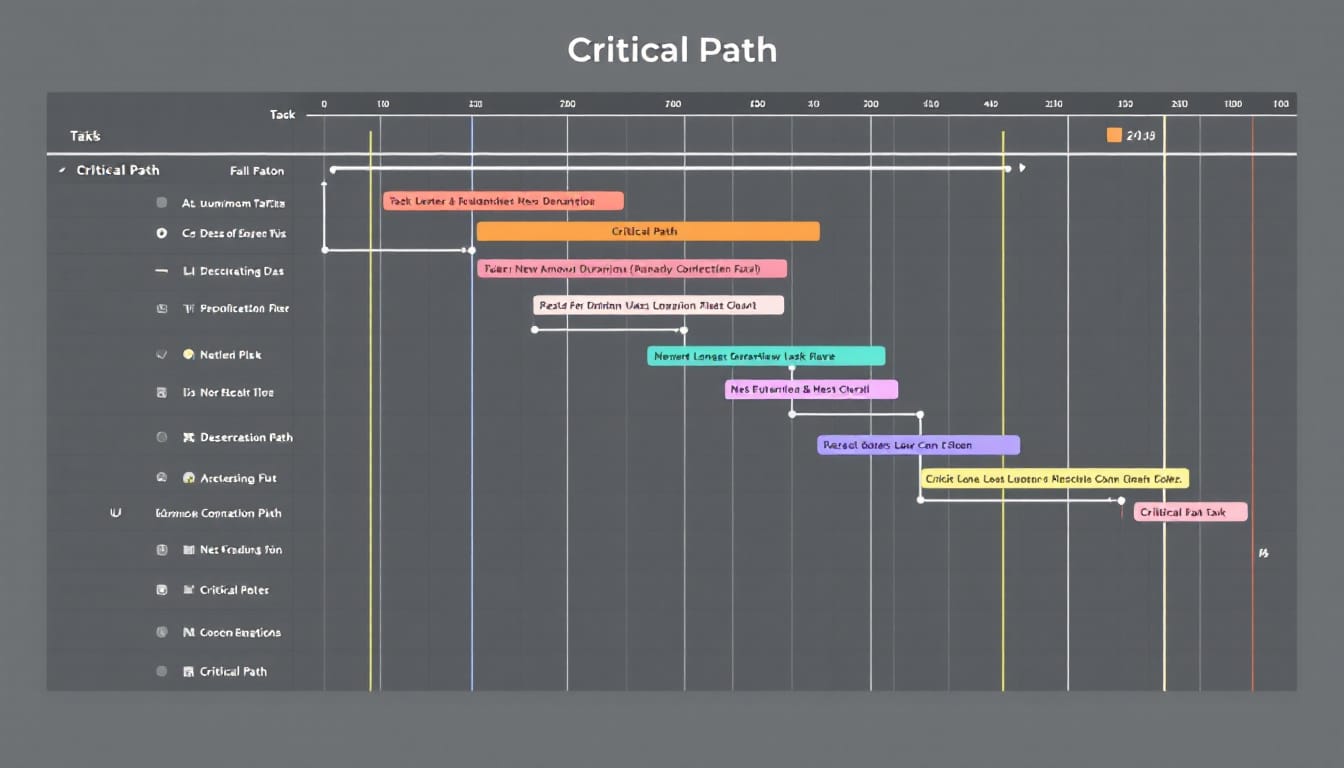A successful project often relies on careful planning. Each task, each resource, and each deadline must be orchestrated with precision. This is where the Activity Schedule comes into play, an indispensable tool for successfully carrying out your initiatives.
Mastering the art of creating an effective schedule not only ensures deadlines are met but also optimizes the use of available resources. In this article, we will delve deeply into the essential components of a project schedule, the steps to create one, and best practices for managing it. Whether you are a project manager or a team member, this knowledge will help you successfully navigate the challenges of project management.
🔥 Nous recommandons Ideamap
Ideamap est l’outil idéal pour un brainstorming ou un projet collaboratif. Grâce son interface facile et à ses fonctions IA, Ideamap booste votre créativité tout en favorisant une meilleure organisation de vos idées pour atteindre vos objectifs.
What is a Project Schedule?
A project schedule is a detailed calendar that organizes tasks, resources, and delivery dates in an optimal sequence to ensure the project is completed on time. Created during the planning phase, it includes a timeline with start and end dates, the deliverables to be accomplished, the associated costs, and the team members responsible for each task.
Using specialized software like ProjectManager facilitates the creation and monitoring of schedules through advanced features such as Gantt charts, resource management, and reporting tools. These tools allow managers to track task progress, reassign resources in real time, and maintain a clear overview of the project.
Key Components of a Schedule
When creating a schedule, it is crucial to include several essential elements:
– Deliverables: The tangible or intangible results that the project must provide.
– Tasks: The specific actions necessary to achieve the deliverables.
– Start and End Dates: The deadlines for each task.
– Dependencies: The relationships between tasks that determine the order of execution.
– Resources: The people, tools, and budgets allocated to each task.
Steps to Create an Effective Schedule
1. Define the Schedule Plan: Establish the overall structure and objectives of the schedule.
2. Identify Tasks and Dependencies: List all necessary tasks and determine their relationships.
3. Sequence Activities: Organize tasks in a logical and chronological order.
4. Estimate Durations: Specify the time necessary for each task using techniques such as the Critical Path Method (CPM) or PERT.
5. Allocate Resources: Assign available resources to the different tasks.
6. Create the Project Schedule: Integrate all information into a project management tool to visualize the schedule.
7. Monitor and Adjust: Track progress and adjust the schedule based on unforeseen events.
Project Scheduling Techniques
To ensure the accuracy of time estimates and minimize risks, several techniques can be employed. The Critical Path identifies essential tasks that determine the total duration of the project. The PERT technique provides better visualization of task flows and dependencies. Techniques such as project crashing or fast tracking help to reduce the project’s duration without compromising its scope.
By integrating these techniques into your schedule, you will be able to anticipate potential challenges and adjust your planning accordingly, ensuring the success of your project.

“`html
Hello, my name is Héloïse, I am 33 years old and I am a writer. Passionate about words and creativity, I bring my expertise to your projects to give them life through engaging and tailored content.
What is a project schedule and why is it essential?
A project schedule is a fundamental planning tool that organizes tasks, resources, and delivery dates according to an optimal sequence to ensure that the project is completed on time. During the planning phase, this document includes a timeline, associated costs, and dependencies between different activities. It allows managers to monitor the progress of the project in real time using specialized software.
The use of a project management software like ProjectManager, which offers online Gantt charts, greatly facilitates the creation and supervision of the schedule. These tools provide features such as task assignment, resource management, and automatic report generation, making the planning process more efficient and collaborative.
What elements to include in a project activity schedule?
When creating a project activity schedule, it is crucial to include several key components. First, a detailed timeline indicating the start and end dates for each task as well as the important milestones of the project. Next, a comprehensive list of deliverables and the work necessary to achieve them.
It is also essential to identify the costs and the resources allocated to each activity, as well as the dependencies between tasks. Furthermore, each task should be assigned to a specific team member to ensure clear accountability and effective management. The integration of these elements enables the creation of a complete and realistic schedule, thus facilitating management and tracking of the project.
To deepen planning, you may explore methods such as the Work Breakdown Structure (WBS), which helps decompose the project into smaller, manageable tasks, ensuring comprehensive coverage of all necessary steps.
What are the steps to create an effective schedule?
Creating an effective schedule involves several methodical steps. First, it is important to define the schedule plan by establishing goals and determining who will be responsible for each task. Next, it is necessary to identify the start and end dates for all activities, considering any dependencies that may exist between them.
Once the tasks are sequenced, it is crucial to estimate the necessary resources and check their availability. The duration of each activity must be determined accurately to avoid time overruns. After constructing the schedule, it is essential to monitor and control the plan throughout the project lifecycle to ensure it remains aligned with the initial objectives.
The use of project management software allows for the automation of these steps, making the process smoother and less error-prone. For example, tools like ProjectManager offer advanced features to create, adjust, and monitor schedules dynamically.
What scheduling techniques to use for an accurate schedule?
To ensure an accurate schedule, the use of various scheduling techniques is essential. One of the most effective methods is the Critical Path Method (CPM), which identifies the longest possible timeline of the project, thereby highlighting the critical tasks that directly impact the final delivery date.
The Program Evaluation and Review Technique (PERT) is another valuable method that helps visualize task flow and improve time estimates by showing the dependencies between activities. Additionally, techniques like project crashing and fast tracking allow for the project’s duration to be reduced without compromising its scope by reallocating resources optimally.
The delay analysis and the use of Gantt charts are also indispensable tools for precise and proactive schedule management. These techniques, combined with specialized software, ensure reliable duration estimates and effective management of planning-related risks.
How to integrate resources into the activity schedule?
Resource management is a crucial aspect of developing an activity schedule. Each task must be linked to the necessary resources, whether it be personnel, materials, or budget. An effective allocation of resources maximizes efficiency and minimizes costs, while ensuring that deadlines are met.
It is essential to track the availability of resources and adjust them based on the project’s needs. Tools like Gantt charts facilitate this management by providing an overview of the resources allocated to each task. Moreover, using project management software, it is possible to reassign resources agilely in case of changes or unforeseen challenges.
Coordination among team members is also paramount to ensure a balanced distribution of tasks. Good communication and proactive planning help to avoid work overload and resource conflicts, thus ensuring smooth project progression.
How to manage and adjust the schedule during project execution?
Once the schedule is established, its ongoing management is essential for the success of the project. This involves regularly monitoring task progress and comparing the actual progress to the baseline of the plan. Real-time tracking tools, such as interactive dashboards, allow managers to quickly detect discrepancies and adjust the schedule accordingly.
In case of drift or delay, it is crucial to implement corrective measures such as reallocating resources or accelerating critical tasks. The flexibility of the schedule allows for adapting the plan to unforeseen events while maintaining the main objectives of the project.
Constant collaboration with the team and stakeholders is also important to ensure that everyone is aligned on objectives and changes. Regular meetings and frequent updates to the schedule contribute to maintaining transparency and responsiveness throughout the project.
What are the best practices for a successful project schedule?
To develop an effective project schedule, it is essential to follow certain best practices. First, you must thoroughly collect all tasks necessary for the smooth running of the project, ensuring not to overlook critical elements that could compromise deadlines.
Next, it is vital to be realistic in estimating task durations, relying on historical data and the team’s experience. Including a buffer or contingency in the schedule allows for managing unforeseen events without disrupting the entire project.
Another best practice is to regularly evaluate the critical path to identify tasks that can be adjusted if necessary. Additionally, it is important to continuously monitor the scope of the project and adjust tasks and the schedule based on changes that occur.
Utilizing a Work Breakdown Structure (WBS) helps to organize tasks logically and ensures that no important aspect is overlooked. Finally, effective communication with the team and stakeholders ensures that everyone is informed of progress and necessary adjustments, thus contributing to the overall success of the project.
What is the difference between a project schedule and a project plan?
It is important to distinguish between a project schedule and a project plan, although they are closely related. The project plan is a general document that describes how the project will be managed, including objectives, the scope, the resources required, and budgets. It serves as a framework for all project activities.
In contrast, the schedule specifically focuses on the timing of tasks. It details the start and end dates, the duration of each activity, and the dependencies between tasks. While the project plan remains relatively stable, the schedule is a dynamic document that evolves according to the progress of the project and necessary adjustments.
In summary, the project plan establishes the outlines and strategies, while the schedule manages the operational details to ensure that the project progresses in an orderly and efficient manner.
What are the key terms of project scheduling to know?
To master the development of the activity schedule, it is essential to understand some key terms in project scheduling. Here are some of the most important:
- Project Scheduling: The process of creating and managing a schedule to organize tasks, deliverables, and milestones within a timeline.
- Schedule Plan: A component of the project plan that defines how the schedule will be developed, monitored, and controlled.
- Schedule Baseline: The approved version of the schedule used as a reference to compare actual progress.
- Schedule Performance Index: A measure indicating whether the project is ahead or behind schedule compared to the plan.
- Schedule Variance (SV): The difference between actual progress and planned progress in the schedule.
- Resource Schedule: Planning that takes into account the availability of resources and the necessary capacity for tasks.
- Project Calendar: Definition of the days and working hours available for scheduled tasks.
- Schedule Compression: A technique aimed at shortening the project duration without affecting its scope.
- Priority Matrix: A tool for prioritizing tasks based on their impact and required effort.
- Schedule Backward Planning: A technique of decomposing the project by working backward along the timeline from the planned end date.
Where to find resources and tools to develop your project schedule?
To create an effective project activity schedule, it is essential to equip yourself with the right tools and consult reliable resources. Platforms like Tomorrowideation offer a multitude of management tools and practical guides to help you navigate the complexities of project scheduling.
Moreover, specialized software such as ProjectManager provides Gantt charts, interactive dashboards, and collaboration tools that facilitate the creation, management, and adjustment of your schedule in real time. These tools also allow for generating detailed reports that help track project progress and quickly identify areas that require special attention.
To deepen your knowledge, it is recommended to take project management training and consult relevant case studies. This will allow you to understand best practices and apply proven strategies to your own projects, thus ensuring their success and compliance with set objectives.














